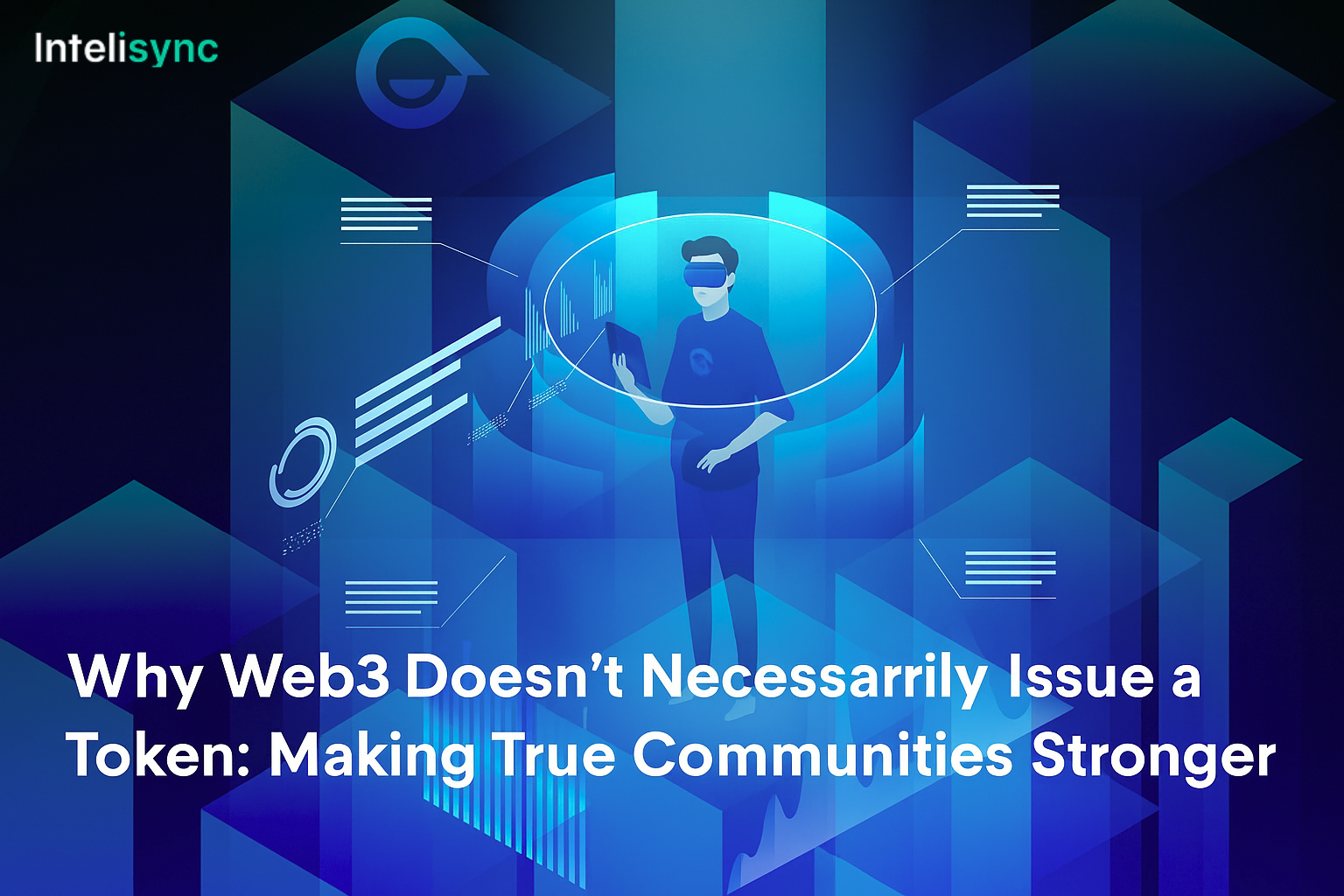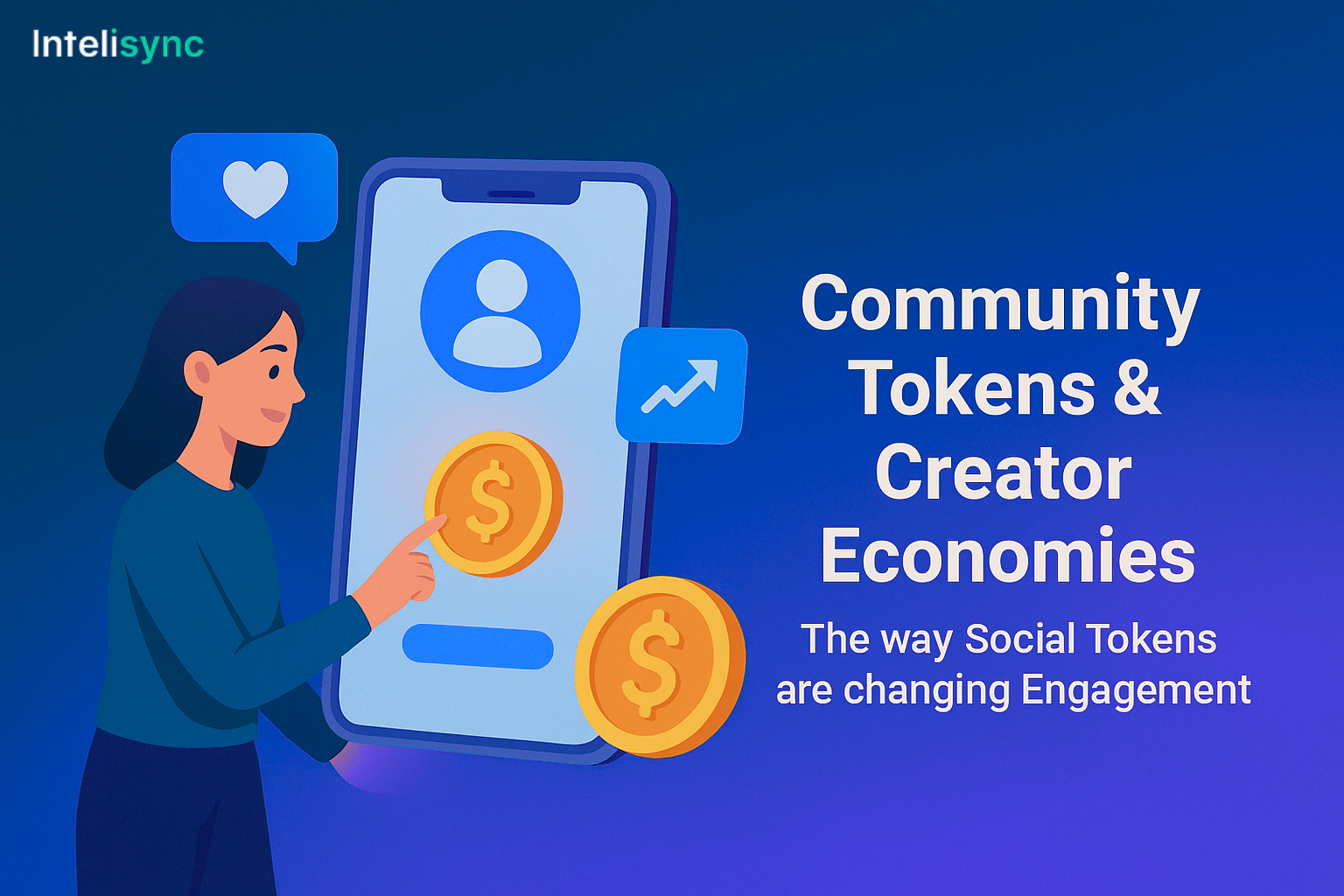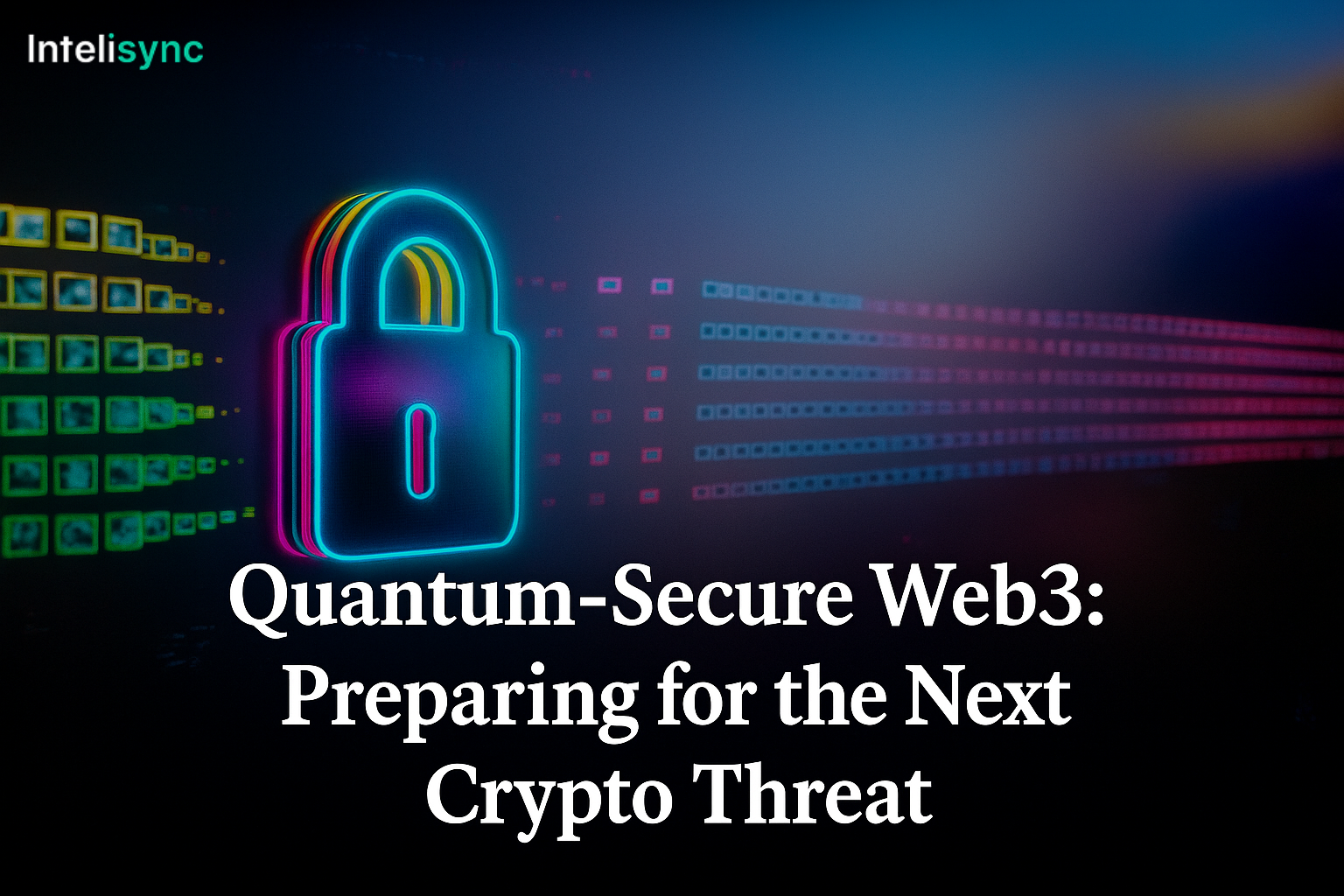The Web3 revolution isn’t about tech it’s about humans. Fundamentally, Web3 relies on community individuals who have a shared vision, bring ideas to the table, and form authentic relationships surrounding decentralized initiatives. Building true, enduring communities in Web3, though, is a new challenge, much more than simply opening a Discord server or distributing tokens. It’s about building environments where members feel appreciated, enabled, and committed to something greater than themselves.
If you’re interested in creating a genuine Web3 community with blockchain tools, here’s a plain, useful, and human-friendly guide to do that exactly in 2025.
Why Are Genuine Web3 Communities That Important Comparatively?
In contrast to Web2 communities, where centralized platforms hold control, Web3 communities are more decentralized and self-regulated. Members frequently hold ownership stakes, voting rights, and true influence over a project’s trajectory. It’s not about users anymore—it’s about co-creators and that is what makes all the difference.
True communities deliver that :
- Trust and loyalty that no amount of money can buy.
- Engagement that lasts from active members.
- Shared purpose and ownership that drive growth.
- Resilience and agility through decentralized decision-making (such as DAOs).
In short, what we have understood after reading and understanding about it, communities matter, the community is the pulse of any Web3 project—and blockchain tools are the tools that are making the pulse grow powerful and faster.
Key Ingredients for Constructing Genuine Web3 Communities
- Begin With a Clear, Shared Vision
Humans mobilize around mission—not merely products. Your group requires an articulated purpose that members can share and work toward together. What are you fixing? What do you believe in? Be transparent, motivational, and make each member feel they are part of the narrative and achievement to come.
- Select the Correct Blockchain Tools for Ownership
Ownership is important. From tokens to NFTs, blockchain technologies enable members to have ownership in the project—voting rights, collectibles, or stake in rewards. It creates true skin in the game, getting people to show up, get involved, and fight for it.
Use:
- Token-based governance: DAOs and voting mechanisms where token holders make big decisions.
- NFTs for identity and rewards: Exclusive membership, badges, or real value attached to community involvement.
- Transparent ledgers: Blockchain’s open records build trust by showing fairness and no hidden moves. That’s the data that get stored without any manipulation or misdoings.
- Create Inclusive, Welcoming Spaces:
Inclusivity forms the foundation of any healthy community. Whether you’re running a Discord server, Telegram group, or a decentralized social platform like Lens or Farcaster, make sure all members feel welcome and safe to express themselves, ask questions, and contribute.
Focus on:
- Encouraging respectful conversations.
- Setting clear community guidelines.
- Hiring reliable moderators or stewards to maintain positivity.
- Communicate Clearly and Often
Transparency is not an option in Web3. Inform your community regularly on successes, hurdles, and future plans. Employ multiple channels: newsletters, AMAs, Twitter threads, or live video sessions.
Open and honest communication does foster trust and makes members feel they’re part of the ride not passive observers.
- Encourage Collaboration and Co-Ownership
Community members wish to be active participants in decision-making, not mere consumers. Establish systems of collaboration, whether that’s asking for feedback, conducting polls, or co-creating features.
Some things to do:
- Establish DAO governance where members have votes on proposals.
- Initiate bounties or hackathons so that contributors can be rewarded.
- Have the community assist in roadmaps and priorities.
- Incentivize Meaningful Engagement
Giveaways and “role grinding” work short-term, but true engagement is through rewarding substantive participation.
Incentives may be:
- Token rewards to participants and contributors.
- Early access or special privileges through NFTs.
- Public visibility and highlight articles to spotlight members.
- True influence over governance and revenue distribution.
- Organize Events to Forge True Connections & Networks:
Events both online and offline put your community in contact with each other beyond words. Organize workshops, AMAs, hackathons, or casual get-togethers to foster stronger relationships, ignite collaborations, and maintain energy.
Even casual virtual coffee meetups or community calls are a step in the right direction.
Practical Blockchain Tools to Power Your Community
DAO Platforms: Aragon, Snapshot, or Boardroom to operate open governance and voting.
Token Management: TokenScript or Gnosis Safe to operate token-based ownership and rewards.
Social Platforms: Lens Protocol or Farcaster for decentralized social interaction.
Community Hubs: Discord and Telegram are still staples, but connect with Web3 technology through bots or NFT-gating tools such as Tropee.
Analytics: Utilize Dune Analytics or Nansen to monitor community activity and governance engagement.
Identity Verification: Utilize zero-knowledge proofs or decentralized IDs for privacy-aware onboarding.
Common Mistakes and How to Avoid Them
Prioritizing Numbers Over Quality: Large member bases aren’t a measure of engagement. Foster active, repeat contributors.
Missing Out on Feedback: Listen when your community is talking. Responsive leadership fosters loyalty.
Misusing Giveaways: Rewards are helpful, but only if connected to actual value and participation—not token spam.
Lack of Well-Defined Roles: Establish moderators, contributors, and leadership roles to maintain structure and accountability.
Neglecting Onboarding: Make it easy and inviting to join. New members should have transparent guides, FAQ, and warm welcomes.
Why Authenticity Wins in Web3
Authenticity is money in Web3. Members crave genuine connections, meaningful engagement, and to feel their contribution counts. The projects that win and in use, aren’t technically brilliant they’re founded on human trust, transparency, and shared vision.







